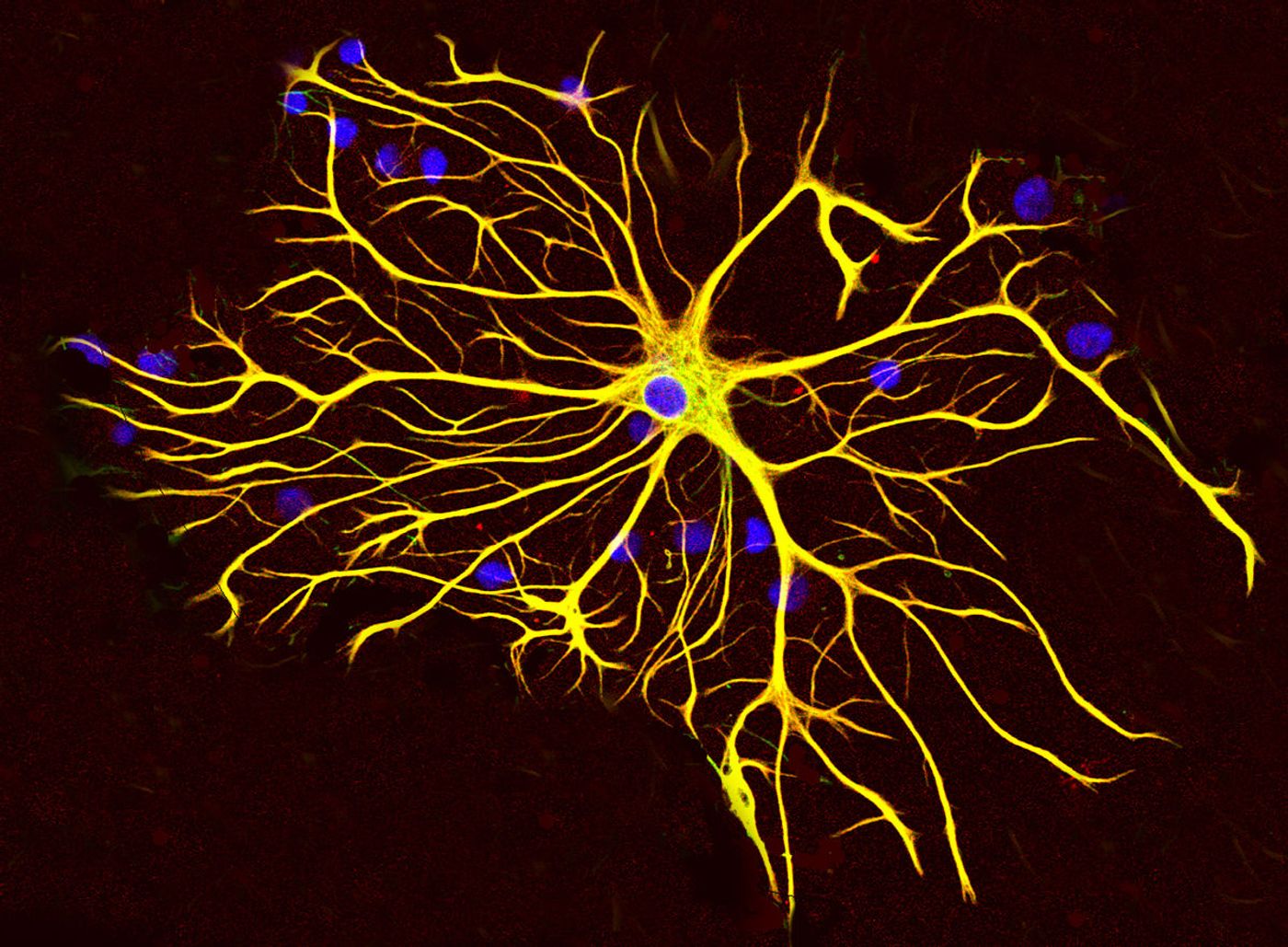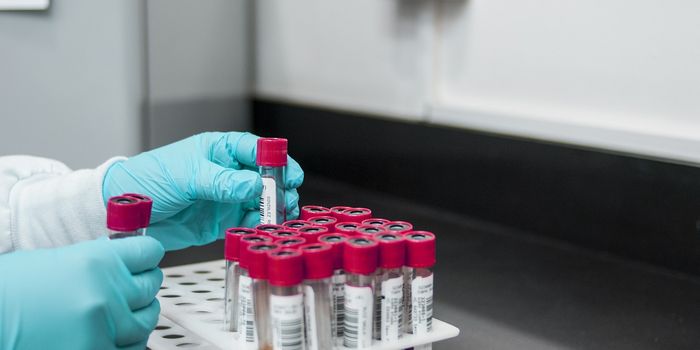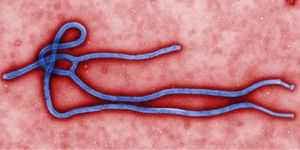‘Dial' on astrocytes means brain cells can be adjusted
Astrocytes are star-shaped cells in our brain that surround neurons and neural circuits, protecting them from injury and enabling them to function properly. In essence, one of their main roles is to “baby-sit” neurons.
It’s not been clear what mechanisms create and maintain differences among astrocytes, and allow them to fulfill specialized roles. But recently a team at McGill University discovered a dial-like structure on astrocytes that enables neurons to adjust astrocytes and ensure they provide the right kind of support.

“This ‘dial’ is likely used to tune the astrocyte’s response in the normal brain but also in different diseases like Alzheimer’s or Parkinson’s or injuries such as stroke or trauma, for example,” explains Todd Farmer, the study’s first author and a postdoctoral fellow at the McGill University Health Centre. “Our findings help us to better understand the complexity of the brain and also grasp mechanisms that can be used to reduce brain injury and disease.”
The findings appear in Science.
“It was believed that astrocytes acquired their properties during the development of the brain and then they were hardwired in their roles,” says Keith Murai, an associate professor in the neurology and neurosurgery department at McGill University and the study’s senior author. “We have now discovered that astrocytes are actually incredibly flexible and potentially modifiable, which enables them to improve brain function or restore lost potential caused by disease.”
Murai and his colleagues conducted most of their experiments on mouse models and studied a specific pathway called the Sonic Hedgehog (SHH) signaling pathway, which is well known in brain development and cancer. By using a combination of advanced genetics, molecular approaches, and microscopy techniques they found that this signaling pathway is used in the adult brain in a completely novel way. They found the SHH pathway induced disparate changes in astrocytes in different brain regions.
“This is an extraordinary mechanism in the healthy, mature brain that creates diversity of brain cells,” says Murai. “Now, our goal is to see how this mechanism is affected in different brain diseases and determine if it can be harnessed to protect neurons and ultimately preserve brain function.”
The Canadian Institutes of Health Research, Brain Canada Foundation, and the Weston Brain Institute funded the study.
Source: McGill University
This article was originally published on futurity.org.








